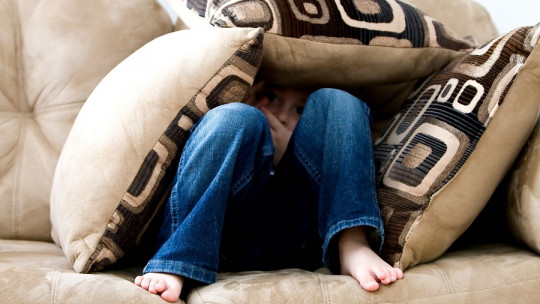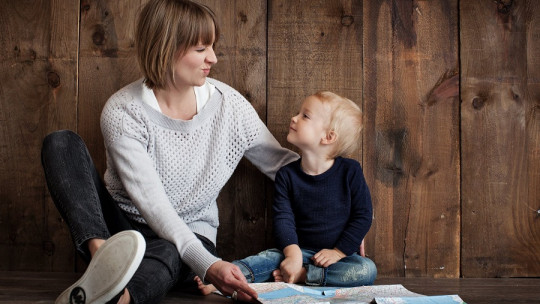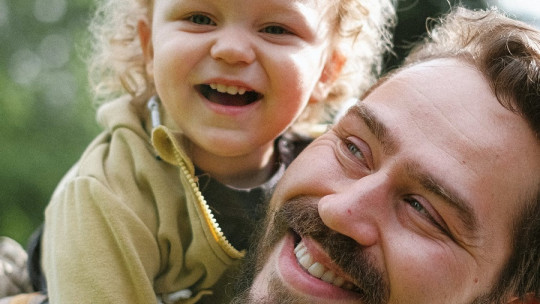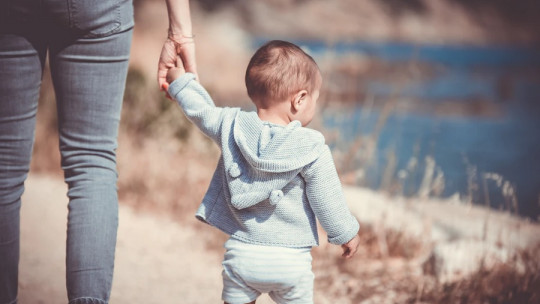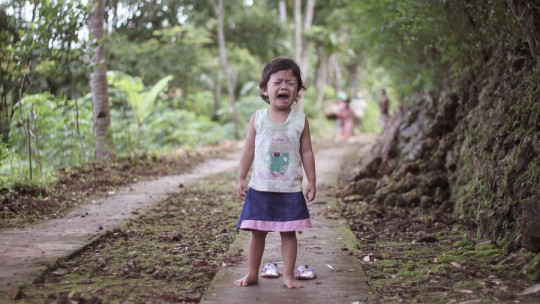Although it may sound surprising, how we relate to ourselves and others can be closely related to the emotional bond we create from our first moments of life with our parents or primary caregivers. In this regard, there is the attachment theory that refers to the way in which our parents or caregivers have not treated us. With this, we can explain some of the difficulties that we suffer in childhood and also in adulthood. With this, the following question may arise: what type of attachment characterizes us?
Attachment style is particularly important in relationships such as those with a couple or in parenting style. As we mentioned, it emerges from early childhood and once it is consolidated it tends to remain throughout life. In today’s article, we will analyze attachment styles in depth to understand how they affect our lives Stick around to find out which one fits you best.
What is attachment?
Attachment is described as an emotional connection or bond that plays a fundamental role throughout a person’s life cycle. It is closely related to parenting styles, since it is built based on the interactions that the child experiences with his or her first reference figures or attachment people, such as mother, father, family members, etc.
To properly understand attachment, we must go back to the first attachment researchers: John Bowlby and Mary Ainsworth. They concluded that attachment was part of human nature, since our ancestors could not have survived if they had not created strong emotional bonds to work as a team. In this sense, they considered that the child’s attachment to the caregiver in early childhood was a key aspect in their development and well-being.
Although this theory initially considered physical proximity to increase the likelihood of survival and reproductive success as the primary goal of attachment, this view has evolved over the years. At the moment, The child’s assessment of the caregiver’s perceived emotional availability comes into play , which depends, in large part, on your previous experience in relation to perceived availability in the past. That is, the attachment style is not only related to the caregiver’s behavior, but is also based on the child’s internal experience and subjectivity, including her own mood and physical condition.
What are the 4 attachment styles?
In response to the physical, affective and/or emotional attention or availability that children have received from their parents or main caregivers, 4 attachment styles emerge: secure, anxious-ambivalent, avoidant and disorganized. Below, we will describe each one and analyze how they affect childhood, but also adulthood.
1. Secure attachment
It refers to the ability to connect well and safely in relationships with others, while having the capacity to act autonomously. It is characterized by strong relationships, trust, affection, resilience and self-esteem. They are children who, when they are scared, seek comfort from their father, mother or caregiver and are generally happy when one of these figures initiates contact with them.
It has been seen that Parents or primary caregivers of securely attached children tend to play with them more As a consequence, these are children capable of separating from parents, they tend to play appropriately with other children and feel empathy for others, and they are not afraid to explore their environment since they know that their parents or caregivers are present if it were to happen. something bad happen.
In adulthood, develop strong, secure, long-lasting relationships more easily In addition, they have good self-esteem, enjoy intimate and long-lasting relationships, seek social support from others, and have a great ability to share their feelings with other people.
2. Anxious-ambivalent attachment
This attachment style is the opposite of that described above. It occurs when the infant does not find the necessary trust in his or her parent or caregiver and, in turn, does not obtain sufficient attention to his or her needs. This generates concern for others and therefore, low self-esteem, neediness, distrust and fear of rejection are characteristic of this style. Likewise, in childhood, they show great distress when they are separated from their parent or caregiver, and curiously, they do not calm down when the father returns.
Following this line, in adulthood, They desire intimacy, but are afraid to get close to other people In other words, they feel reluctant to get close to others and worry that their partner will not reciprocate their feelings and become disproportionately distressed when an intimate relationship ends.
3. Avoidant attachment
The avoidant style arises when the parent or caregiver ignores or does not reciprocate attempts to become intimate or create a bond with the infant. Consequently, the child internalizes that he cannot depend on this figure and generalizes it with all the people around him. This is clearly seen when a child with avoidant attachment shows no preference between a parent and a complete stranger. Not only this, but they tend to avoid their caregivers, either simply avoiding or even rejecting affection.
It has been concluded that infants’ avoidance behaviors may be a defense mechanism against mothers’ own rejection behaviors, such as feeling uncomfortable with physical contact or getting angry more easily with babies. In short, children avoid their father and mother, they do not seek much contact or comfort from their parents. Adults with this attachment style do not like intimacy and therefore do not do their part when it comes to building emotional connections with others. Besides, unwilling or unable to share thoughts or feelings with others It is no wonder their inability to lean on their partner during stressful times and the large number of excuses they use just to avoid intimate moments.
4. Disorganized attachment
The mixture of behaviors on the part of parents or caregivers leads to a disorganized attachment. It is common for these children to present confusion since the parents or caregiver act as figures of fear and tranquility at the same time Consequently, children experience a lot of anxiety about relationships and try to avoid them even though they crave intimacy and connection. In adulthood, people with this style want to have close, intimate relationships, but they deeply fear getting close to others.




